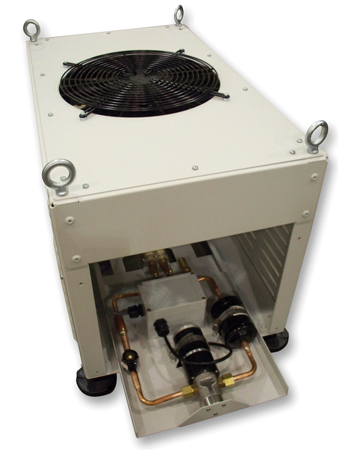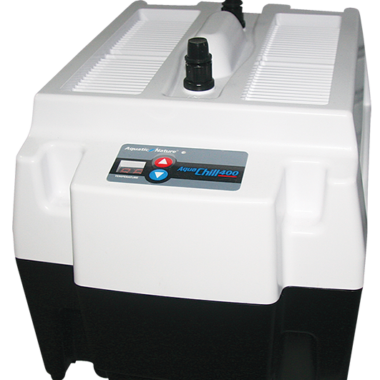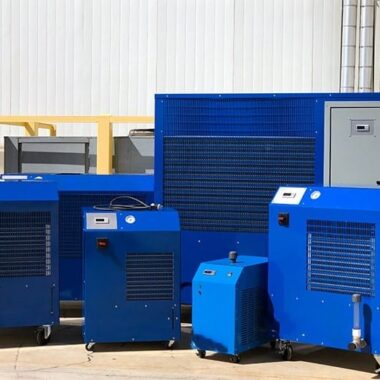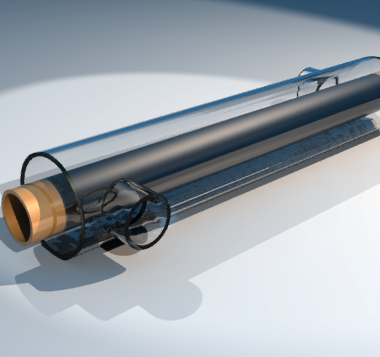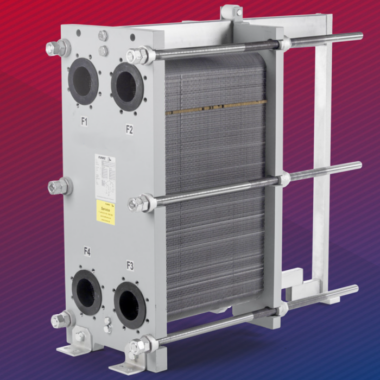Dual-Phase Cooling System
Introduction
Dual-phase cooling system is an innovative and highly efficient thermal management solution that utilizes the natural properties of phase change to provide superior heat transfer. Unlike conventional cooling methods that rely on a single phase (either liquid or gas) to absorb and dissipate heat, a dual-phase cooling system operates by transitioning a specially chosen working fluid between liquid and vapor states. This phase change process allows the system to absorb and transport heat at an accelerated rate, offering significantly better cooling performance compared to single-phase systems. The technology is gaining prominence in industries that require precise thermal regulation, such as electronics, automotive, aerospace, and data centers, where managing temperature is crucial to maintaining operational efficiency and longevity. The core principle of a dual-phase cooling system lies in its ability to absorb large amounts of heat as the liquid working fluid evaporates into vapor. Once the vapor condenses back into liquid, the system releases the stored heat, ensuring optimal temperature control even in high heat-generating environments. This ability to efficiently manage heat makes dual-phase systems indispensable in high-performance and high-heat applications. Additionally, their compact design and energy efficiency make them increasingly attractive in industries where space constraints and sustainability are key considerations. As demand for more energy-efficient and effective cooling solutions grows, dual-phase cooling systems are emerging as a leading solution to address modern thermal management challenges.
How a Dual-Phase Cooling System Works
-
Liquid Phase (Evaporation):
- The system begins with the working fluid in its liquid state. The heat source, whether an electronic component, engine, or any other machinery, releases heat into the liquid fluid.
- As the liquid absorbs heat, it begins to evaporate and undergoes a phase change to gas or vapor. This transition absorbs a significant amount of heat, keeping the system cooler.
- The vapor carries the absorbed heat away from the heat source, allowing for more efficient cooling than traditional systems that rely solely on the liquid’s thermal capacity.
Vapor Phase (Heat Transfer):
-
- After the working fluid evaporates, the vapor travels through the system’s channels or pipes to a condenser or heat exchanger.
- In the condenser, the vapor is cooled, causing it to condense back into liquid. During this phase, the vapor releases the heat it absorbed, significantly lowering its temperature before being returned to its liquid state.
- The cycle then repeats, with the liquid phase absorbing more heat, transitioning to vapor, and finally condensing again.
The ability to rapidly absorb and release heat through phase change cycles makes dual-phase systems highly efficient in maintaining consistent temperatures.
Benefits of Dual-Phase Cooling Systems
-
Superior Heat Transfer Efficiency:
- Dual-phase cooling systems dramatically increase the heat transfer rate compared to single-phase cooling. The phase change process (liquid to vapor and back) allows the working fluid to absorb and transport heat more effectively, ensuring faster heat dissipation.
Compact Design and Space Efficiency:
-
- Since dual-phase systems transfer heat efficiently, they can use smaller components, leading to more compact designs. This is ideal for space-constrained environments, such as electronics or vehicles, where minimizing the size of cooling systems is essential.
Energy Efficiency:
-
- Dual-phase systems require less energy to maintain cooling efficiency, as they can remove heat more effectively at lower energy consumption. This reduces the need for high-energy-consuming cooling units, lowering operational costs.
Improved Thermal Management:
-
- These systems are particularly beneficial in managing applications with high thermal loads, such as data centers, gaming systems, and high-performance computing equipment. The ability to quickly and efficiently dissipate heat ensures optimal performance of these systems, preventing overheating.
Adaptability and Versatility:
-
- Dual-phase cooling systems are highly adaptable across a wide range of industries, including electronics, automotive, aerospace, HVAC, and industrial applications. They are especially useful in cooling sensitive equipment where precise temperature regulation is crucial.
Applications of Dual-Phase Cooling Systems
Electronics and Semiconductor Cooling:
-
- The demand for high-performance chips and processors in electronics requires efficient cooling solutions. Dual-phase cooling systems are ideal for cooling CPUs, GPUs, and other semiconductor devices, where they can absorb large amounts of heat and maintain optimal temperatures, thus extending the lifespan and performance of these components.
Data Centers:
-
- Data centers house servers and other electronic equipment that generate massive amounts of heat. Traditional air-cooling systems often fail to provide sufficient cooling in such high-heat environments. Dual-phase cooling systems allow for effective thermal management, reducing the risk of overheating and enhancing the longevity of critical equipment.
Electric Vehicles (EVs):
-
- EVs, especially those with high-performance batteries, require advanced cooling systems to manage the heat produced during rapid charging or heavy driving. Dual-phase cooling can efficiently maintain battery temperature, preventing thermal runaway and optimizing charging cycles.
Aerospace Industry:
-
- The aerospace sector faces extreme temperature variations. Dual-phase cooling systems are ideal for managing the heat generated in aircraft engines or spacecraft systems, where effective cooling is critical to ensuring safe operation in extreme environments.
Industrial and Chemical Processing:
-
- Dual-phase cooling systems are used in industrial heat exchangers, chemical reactors, and power plants where effective heat management is essential. They can handle high-temperature processes and remove heat efficiently in demanding industrial environments.
Innovation and Future Trends in Dual-Phase Cooling
Advanced Materials for Fluid:
-
- Research is focusing on developing new working fluids that can operate efficiently across a wider range of temperatures and pressures. The introduction of novel nanofluids (fluids containing nanoparticles) promises to enhance thermal conductivity and improve the performance of dual-phase cooling systems even further.
Integration with IoT for Smart Cooling:
-
- The future of dual-phase cooling systems will likely involve IoT integration for real-time monitoring and predictive maintenance. Sensors could track temperature variations and fluid state changes, enabling proactive interventions to optimize system performance and detect failures before they occur.
Miniaturization and Compact Systems:
-
- As demand for compact cooling solutions increases, particularly in consumer electronics and electric vehicles, the trend will be toward miniaturized dual-phase systems. This innovation will allow manufacturers to create efficient cooling systems that fit into smaller spaces without sacrificing performance.
Sustainability and Green Technologies:
-
- With the rising focus on sustainable solutions, dual-phase cooling systems will likely incorporate eco-friendly working fluids. The development of non-toxic and environmentally friendly fluids will reduce the environmental impact of these systems, making them more suitable for applications in green technologies.
Hybrid Cooling Systems:
-
- Another trend is the combination of dual-phase cooling with other cooling techniques, such as liquid cooling or air cooling, to create hybrid systems that offer better flexibility and performance. For instance, in large-scale applications like data centers, combining phase-change cooling with traditional cooling methods could further enhance overall system efficiency.
AI-Powered Thermal Management:
-
- Artificial intelligence (AI) is expected to play a significant role in optimizing cooling systems. By analyzing data from sensors, AI could predict future thermal loads and adjust the cooling cycle dynamically, improving the energy efficiency and performance of dual-phase systems.


